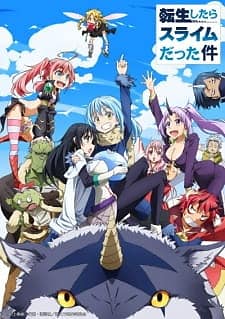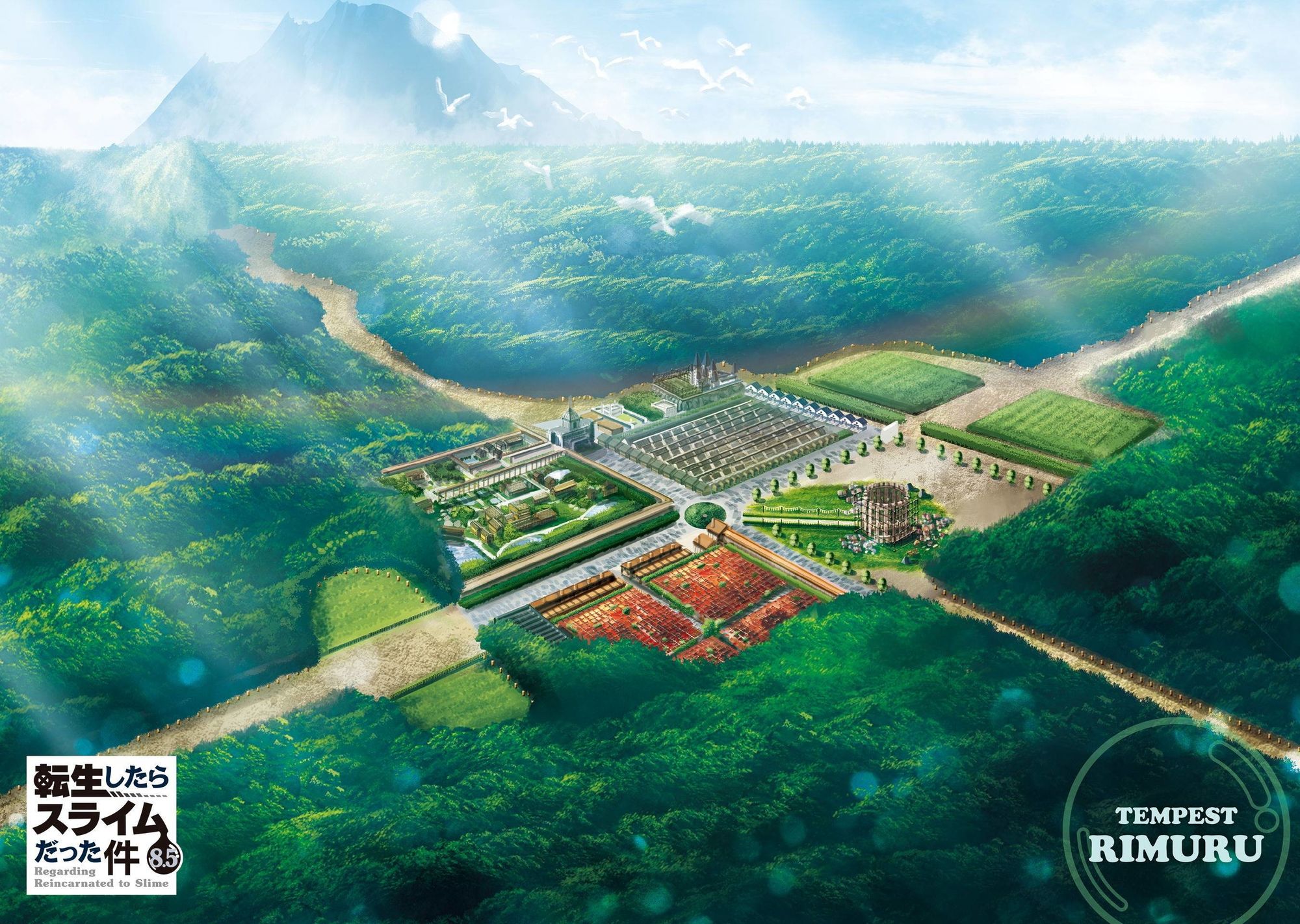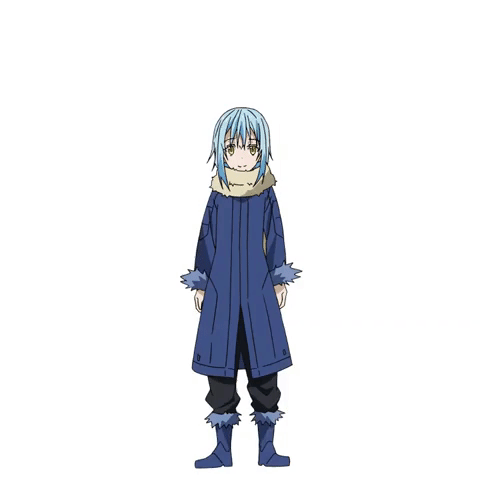
A (human) index that likes to code
Also drinks way too much coffee ![]()
That Time I Got Reincarnated as a Slime
Published Apr 05, 2019

That Time I Got Reincarnated as a Slime (転生したらスライムだった件)
9★
So, another Isekai anime, huh? When I first laid my eyes upon its cover, I expected the likes of Re: Zero or Konosuba or Overlord or How NOT to Summon a Demon Lord or No Game No Life.
The stereotype I have on Isekai anime is as follows:
- Character is minding his own business in his everyday life;
- Character dies;
- Character gets a chance to revive in another world, towards a huge goal (like slaying the demon lord, or becoming an equivalent entity);
- Character gets ridiculously overpowered without realizing it;
- Character gets loads of partners/mates;
- Not get a season 2.
So, how many of those stereotypes did “That Time I Got Reincarnated as a Slime” break?
Stereotypes
None. “That Time I Got Reincarnated as a Slime” broke none of the stereotypes I had. But that does not stop me from enjoying it; “That Time I Got Reincarnated as a Slime” manages to uphold every stereotype I have of Isekai anime, but still deliver a story that is engaging to the viewer, and that is something very impressive.
To me, “That Time I Got Reincarnated as a Slime” achieved this through it’s excellent story-telling, alongside the above average character-building and good supporting visuals & audio. While watching this anime, I was constantly hooked by the progressive world building, which was slowly revealed to the main character and hence, the viewer. Futhurmore, because the world is built while progressing the plot, every new piece of information that is introduced will eventually be used in the anime, sometimes even forming vital parts across various arcs.
Hence, while the anime follows the stereotype I have on Isekai anime, “That Time I Got Reincarnated as a Slime” is still able to retain my attention, and even when it hasn’t finished airing, I still binged it to the latest episode upon first discovery.
World building
Part and parcel of a good Isekai anime is the world itself. Isekai anime usually transports a character from a relatable and familiar environment (like the real world) to a fantasy world where everything is possible.

Source: Tensura Wikia
However, when building a world, it is sometimes difficult to reveal information at a pace where the viewer digests it fast enough to follow the story. To bring up an example solely focusing on a possible solution to “world building”, consider the “Fate” series. Throughout “Fate”, viewers are immediately immersed into the world, without any context. A large sub-example is Fate’s magic system; in “Fate”, magic is not explained from the ground up, and instead, projected and shown to the viewer, forcing the viewer to link whatever is happening on the screen to the concept of “magic” in the world of “Fate”. Only higher-level concepts, which is difficult to visualize or too spoiler-ish to show at the current moment, are explained in words. This technique works because there is still ‘something’ that viewers can associate the elements of the world to; albiet it is an abstract visualization instead of a concrete concept.
| Fate | That Time I Got Reincarnated as a Slime |
|---|---|
| Throws viewers into a pit of unknown to arise interest. | Concepts are explained before an action is taken. |
| Interested viewers need to read up on a Wikia page. | Wikia articles will probably contain information directly extracted from the anime / source material. |
| Confusing on purpose. | Concise on purpose. |
“That Time I Got Reincarnated as a Slime” does world-building differently. Concepts are usually explained before a certain action is taken, which honestly appeals to a much wider audience than what “Fate” can accomplish. Locations are introduced before they are visited. Location growth is slow and progressive instead of instant. In general, this is the most preferable method of world building, at least for this decade of anime.
Hence, with World Building being an important factor for Isekai anime, “That Time I Got Reincarnated as a Slime” gets a thumbs up from me for using a non-confusing way to convey the world to the viewer.
Character development
In “That Time I Got Reincarnated as a Slime”, there was an acceptable amount of character growth. At one point, Rimuru even gained a plot-changing ability which he constantly used throughout the rest of the anime.

Plot changing ability. Source: Reddit
Moreover, with Rimuru’s very logical mind and comedic nature, the plot progressed smoothly without the viewer literally screaming at the character for being too obtuse. Perhaps the most interesting part about Rimuru’s character development is his developing relationships with the rest of his peers, because at some instances, despite seeming like the only option is for Rimuru to become enemies with an opposing character, the situation somehow turns around due to Rimuru’s excellent situational awareness and handling, leading to friendships that Rimuru relies on for his future enounters, or even immediately, towards growing his town.
Another reason why it was enjoyable watching Rimuru in “That Time I Got Reincarnated as a Slime”, was probably because Rimuru was not projected as an all-mighty character. Sure, Rimuru is strong, but there are characters several magnitudes stronger than Rimuru, forcing Rimuru to think of creative strategies to defeat his opponents. This distinction in power makes watching Rimuru overcome his challenges more satisfying to watch.
Overall
With that, you should most definitely watch “That Time I Got Reincarnated as a Slime”, even if you are not an Isekai fan. There is a reason why it got 8.26 stars and over 300,000 viewers on MyAnimeList; it’s like evey other Isekai anime, but done well!
For it’s wonderful world development, above average character development, and relatively good sound and visuals, “That Time I Got Reincarnated as a Slime” gets a solid 9 stars from me.
Go watch it!
You won’t regret it! (except that the ending contained a cliffhanger, so this anime better get a second season ![]() )
)
Happy Coding,
CodingIndex